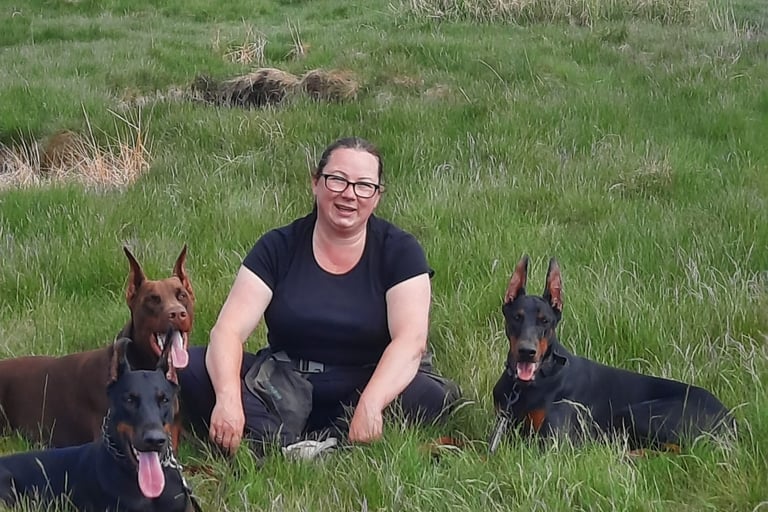Expert Dog Training in Bolton & Manchester


Specialising in Reactive Dogs & Challenging Breeds


⭐ 5.0 Rating | 👥 50+ Happy Clients | 🎓 DTC-CDT Certified |
Ready to Start? Call Today
At Smart Bark Academy, we believe in building trust and understanding between you and your dog. Our personalised, in-home training sessions are designed to address real-life challenges, making life with your dog more enjoyable.
• Bolton
• Bury
• Manchester
• And surrounding areas within a 25-mile radius
Phone


